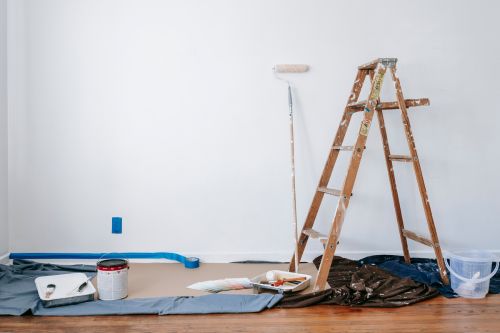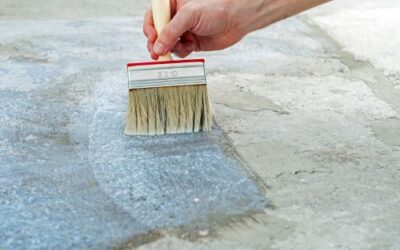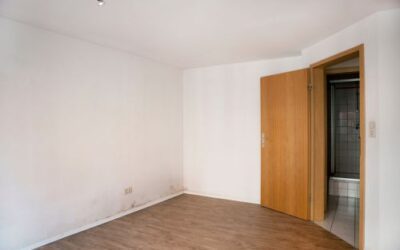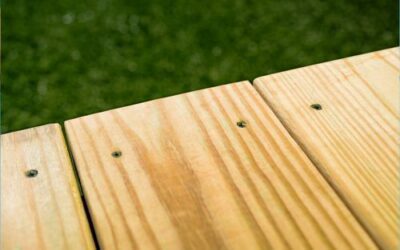Proper preparation saves time, avoids splashes and allows paint to adhere better. Follow this plan – tested by Bartolomé Bas’s team of house painters – and you will achieve an impeccable finish without turning your home into a war zone.
Contact our professionals
Clear and organise the room
-
Remove pictures, curtains and light shelves two days before.
-
Place bulky furniture in the centre of the room; cover it with thick plastic, not with old dusty sheets.
-
Vacuum skirting boards and corners: loose dirt prevents the primer from setting properly.
Protecting floors and sockets
Spread corrugated cardboard or protective blanket from wall to wall. Kraft paper tends to tear with moisture from the paint. Cover sockets, switches and frames with blue masking tape – remove without residue for up to 14 days.
If you are also painting ceilings or areas in poor condition, consider our interior painting service: we will move and protect all the furniture for you.
Immediate cleaning area
Designate a corner with a bucket of warm water, microfibre cloths and several rubbish bags. Any drips are wiped up instantly and leave no marks. Keep the room ventilated: this will speed up the drying of the first coat and reduce odours.
Pro tips to avoid touch-ups
-
Drape the doors while painting: the overpressure from the roller will not splash on the frames.
-
Use a grazing light (a lamp attached to the wall) to detect dust specks or poorly sanded areas before you start.
-
Create perfect corners by placing two strips of tape in an ‘L’ shape and removing them diagonally while the paint is still fresh.
What to do with pets and children
Move dog or cat beds and food bowls into the finished room. Place children’s barriers in corridors so that the little ones do not touch the damp wall. The Spanish Association of Paediatrics recommends keeping chemicals out of reach and thoroughly ventilate any newly painted room (see their advice at aeped.es).
Signs that the room is ready for painting
-
No dust is left behind when you run your hand along skirting boards and frames.
-
Furniture grouped together and protected with heavy plastic.
-
Floor covered up to the edge of doors.
-
Sockets and light fittings covered with quality tape.
-
Windows open or mechanical ventilation activated.
When your home meets these points, the professionals at Bartolomé Bas Pinturas can concentrate on what really matters: applying the primer, the first coat and the decorative finish with total cleanliness and efficiency.
Other publications that may interest you
Exterior floor paint: what type to use and how to apply it correctly
Protecting an exterior floor - terrace, porch, garage or pedestrian access - is not just about aesthetics: it prevents cracks, leaks and premature wear and tear. Choosing the right exterior floor paint and applying it methodically ensures a durable and...
How to know if the humidity in your house is due to condensation, filtration or capillarity
The stain you see on the wall does not always have the same origin, and making a mistake when it comes to treating it can make the problem worse and make the repair more expensive. Below you will learn how to differentiate the three most frequent sources of damp and...
How often should I re-treat the exterior wood?
Wood that lives outdoors faces a relentless script: UV radiation that discolours, rain that swells the fibre, saltpetre that dries it out and fungus that sets in as the protective film ages. The result is visible to the naked eye: the original colour fades, fine...




